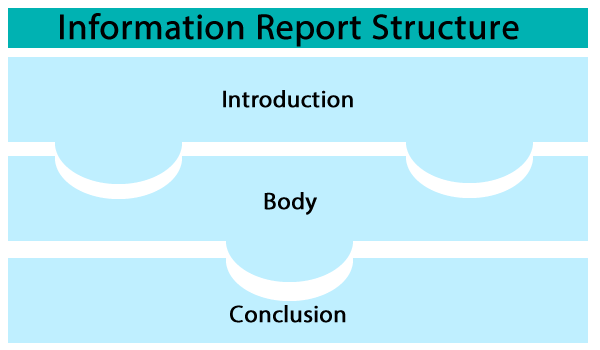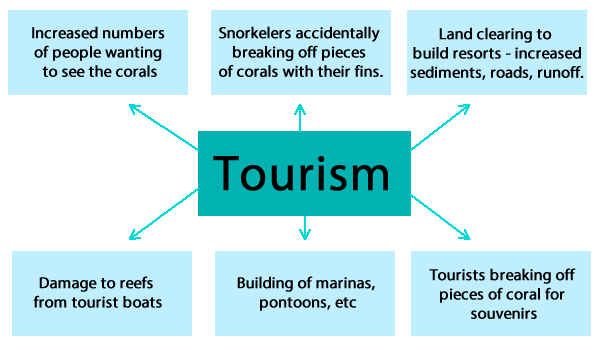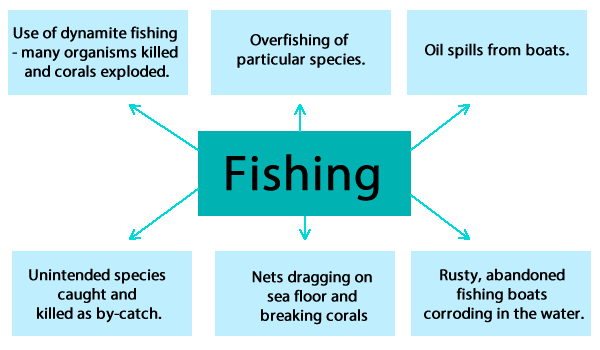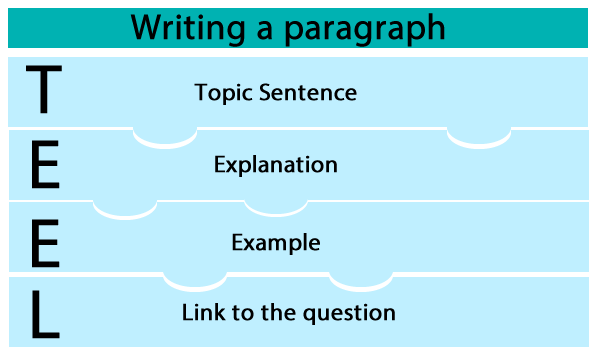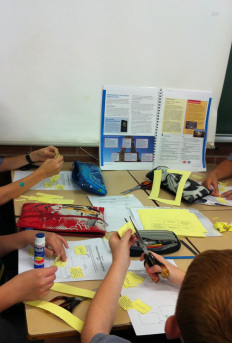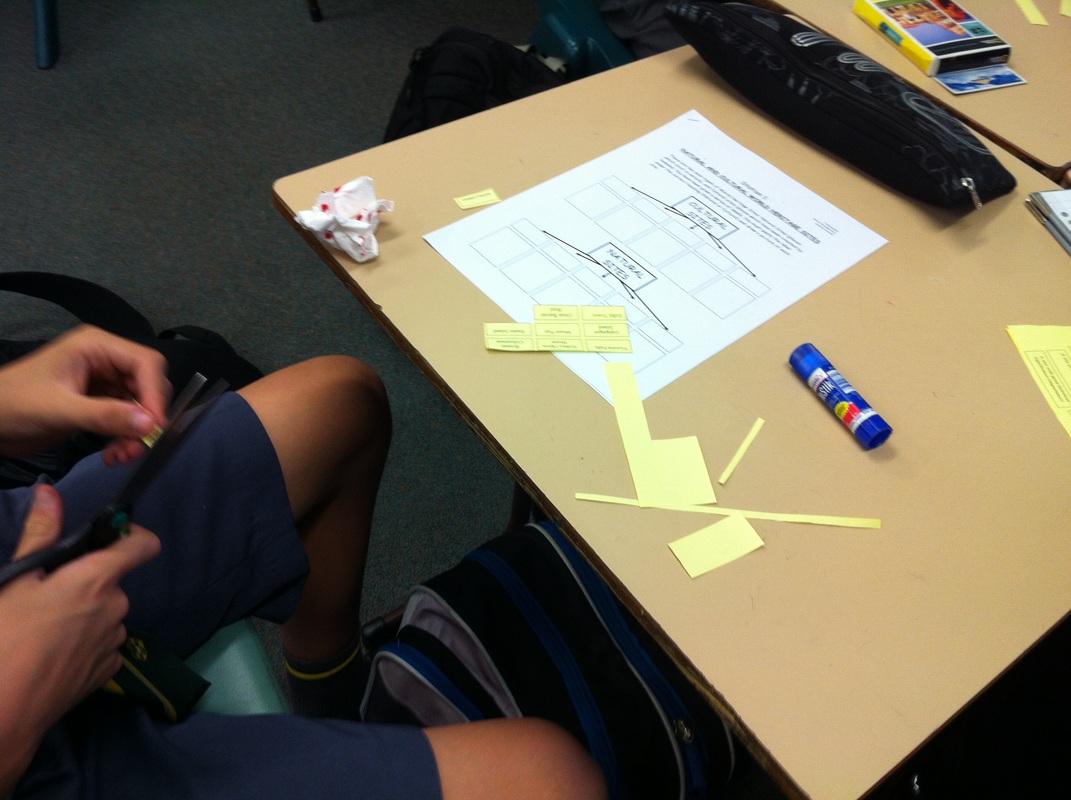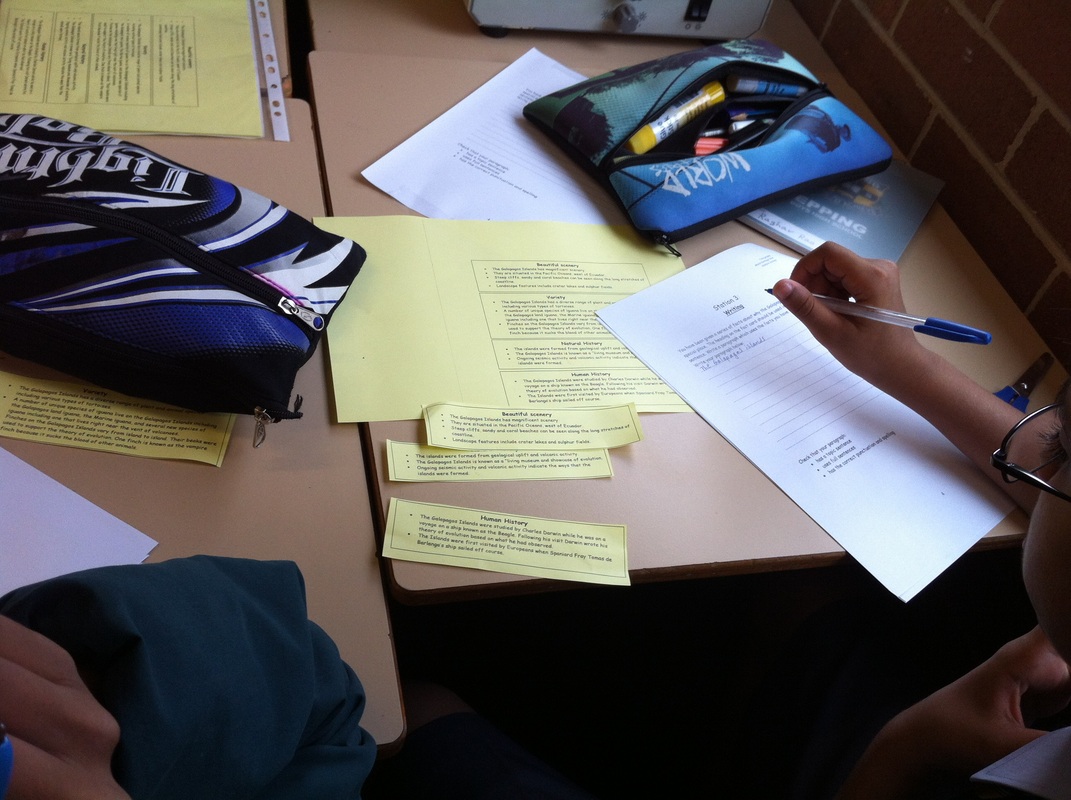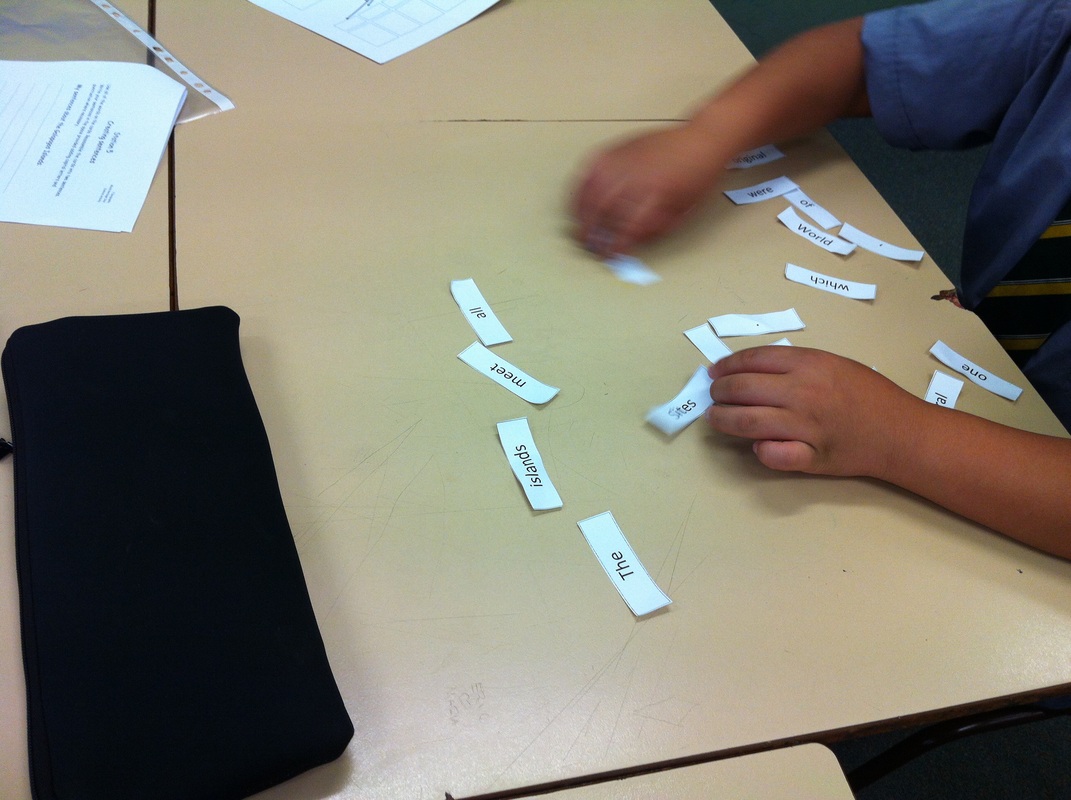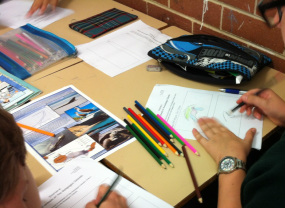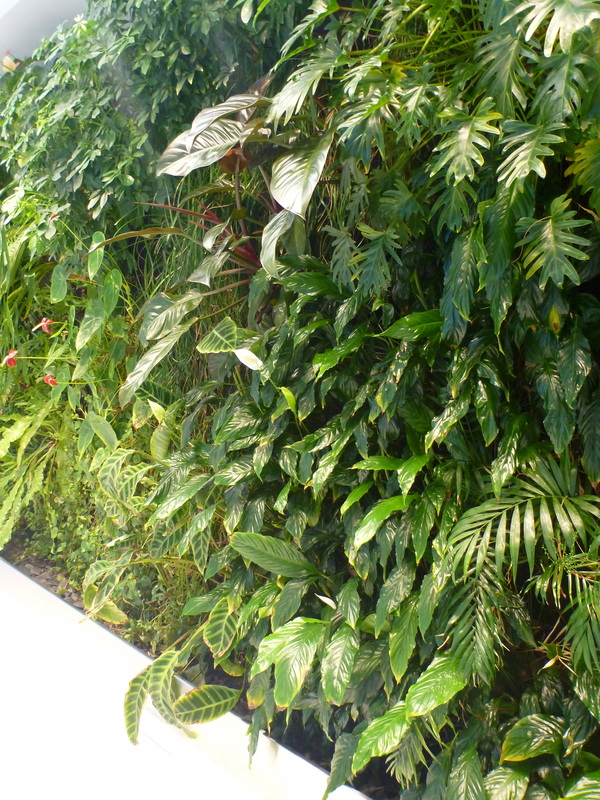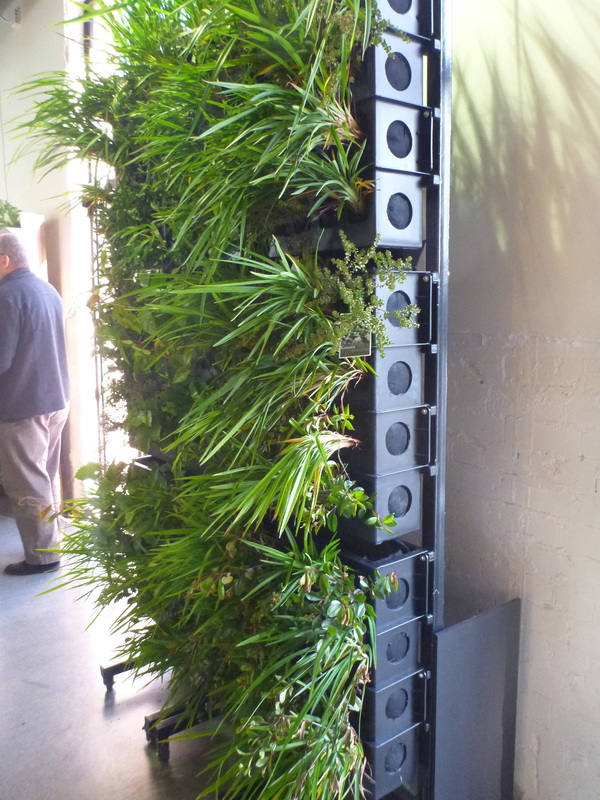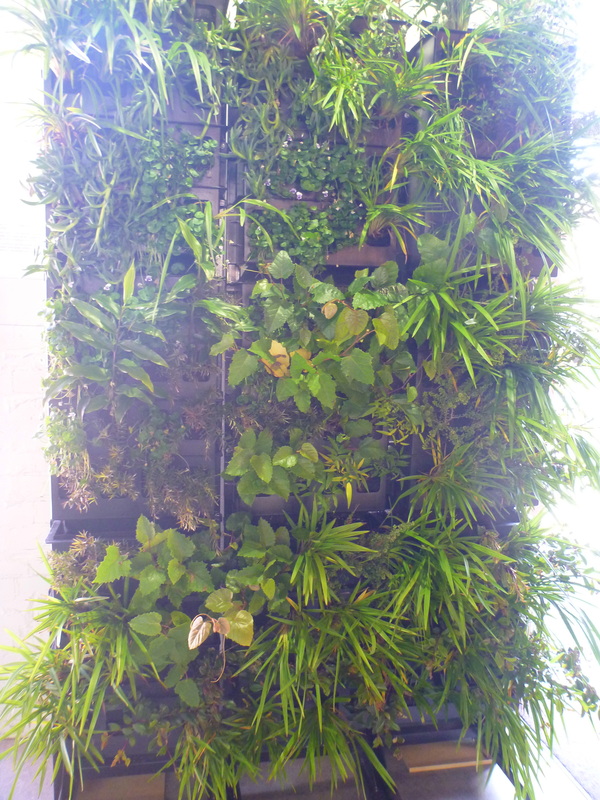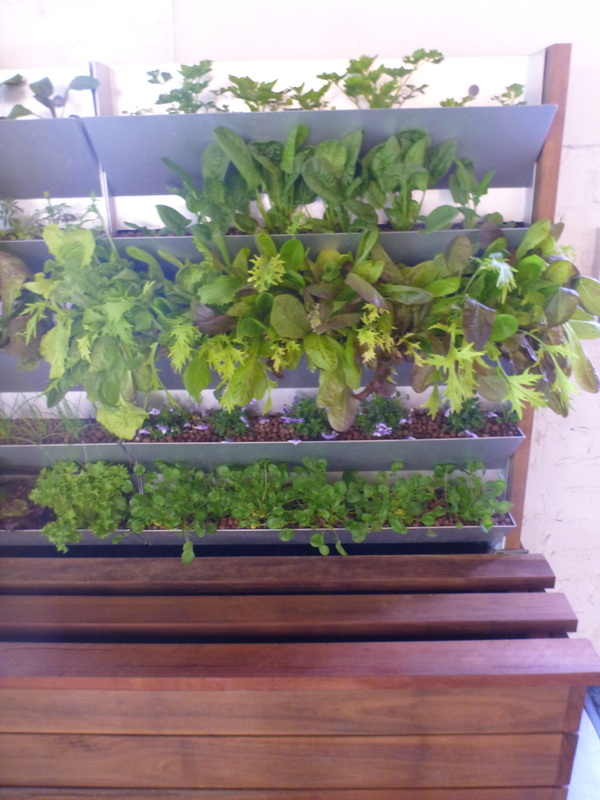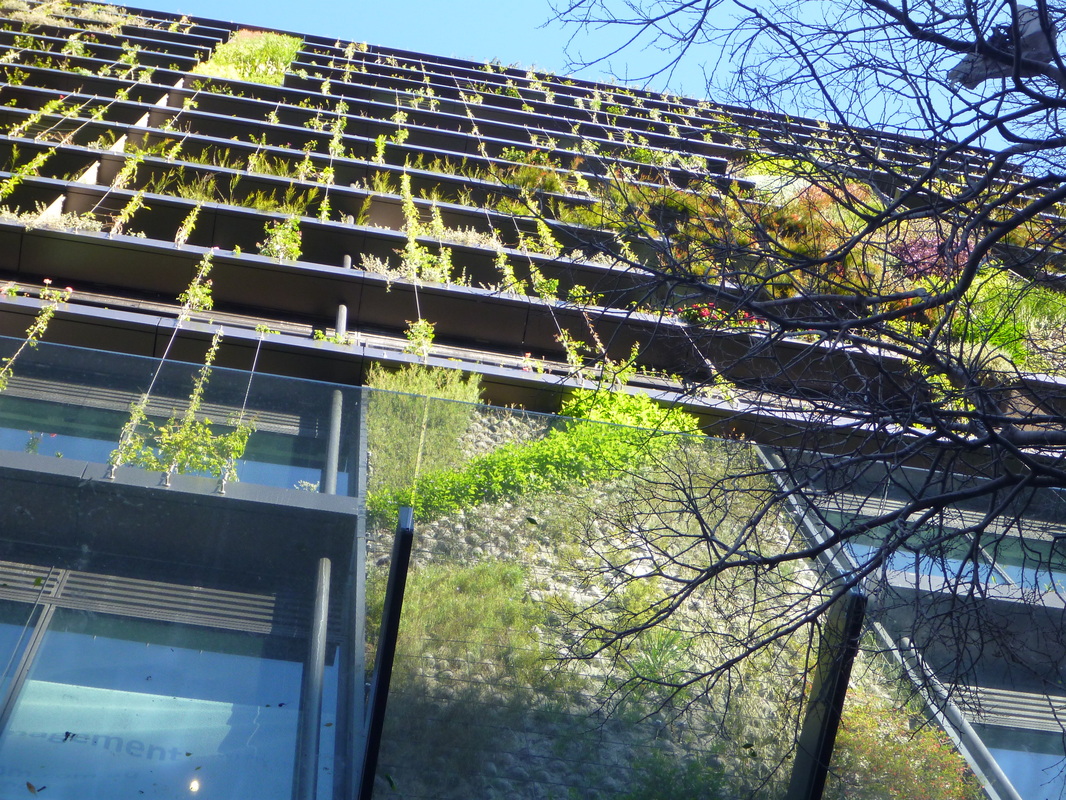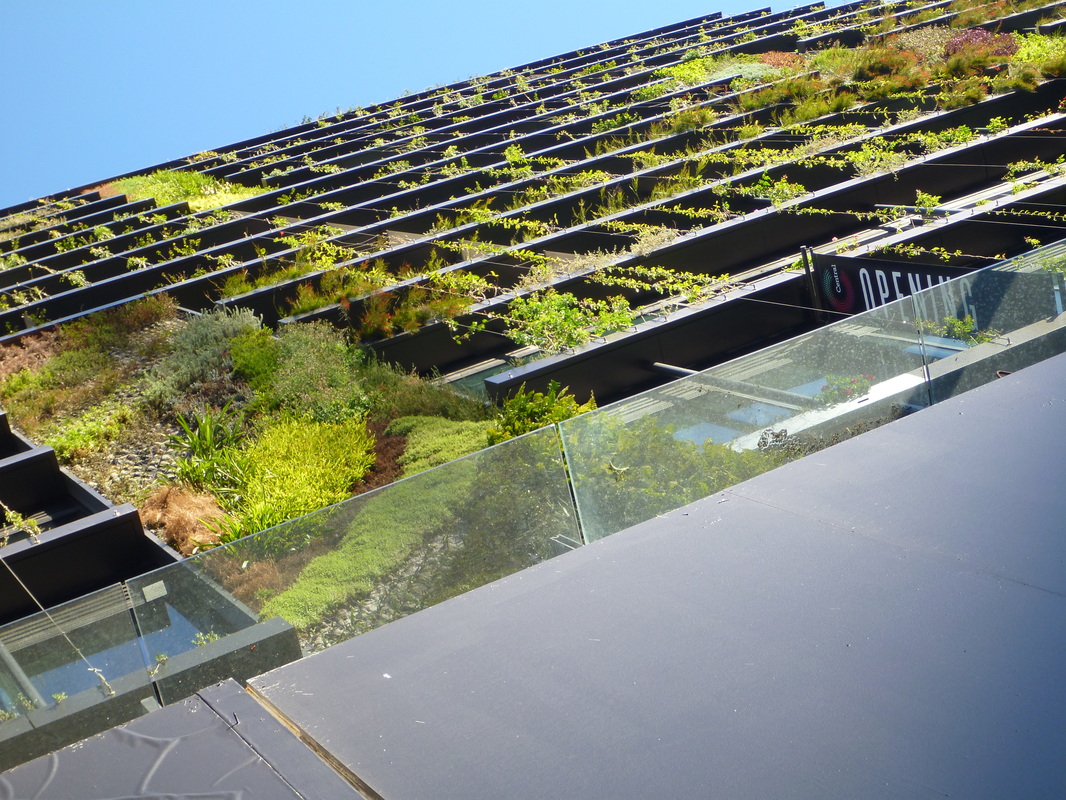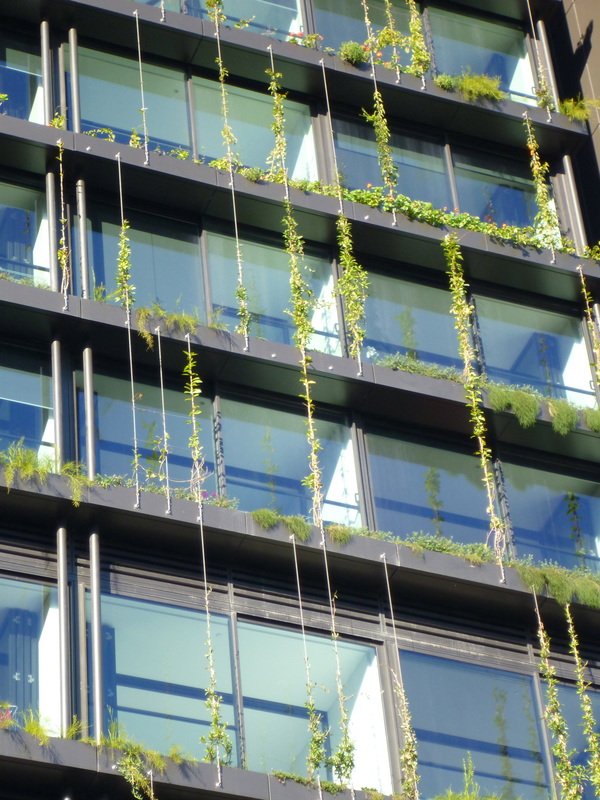|
Lindsay Swan from the Board of Studies was a speaker at the recent NSW GTA Conference. He was there to speak about the implementation plans for the "new NSW Geography syllabus incorporating the Australian Curriculum". What a mouthful! The following details were confirmed: - Mandatory hours for Geography will remain the same as they are now - 100hrs in Stage 4 and 100hrs Stage 5. - Elective Geography will exist but will be changed (not sure of any other details here). - Planning is underway to begin the process of writing the new NSW syllabus. - It is likely that a team of syllabus writers will be established to write the documents for all upcoming HSIE subjects. - Writing and consultation is likely to take place in 2014. - Modification and approvals are likely to happen in 2014-5. - The new syllabus will contain outcomes and objectives. - The content elaborations as developed by ACARA will not be included. - Stage statements will be developed which will be linked to the Achievement Standards developed by ACARA. - The syllabus will continue to be based on stages not on years. - “Learning across the Curriculum” will be integrated throughout the syllabus so that teachers will not have to teach these as separate skills. - The Australian Curriculum content descriptions will be found in the new syllabus documents. - The Research Action Plan will be retained. - There will be no “learn tos” or “learn abouts”. - There will be internal choice/options. - The syllabus will not be published in a hard copy. You will only be able to access the syllabus online as an e-syllabus. - Schools must continue teaching the current NSW syllabus or risk issues with registration - Teachers will have approximately 12 months of familiarization once the documents have been released. - A possible implementation timeline is: o 7 and 9 in 2016 or 2017 o 8 and 10 2017 and 2018 - The BOS program builder is available to assist in program writing (but won’t be needed by Geography teachers for quite a while yet). The following were not confirmed: - Will there be an allocated budget to fund the writing of the new NSW syllabus for the Senior Geography course? - Will any of the writers for the Geography syllabus have Geography training or expertise? Implications:
From here on in I'm giving my own opinions and interpretation of the state of play. There are a number of issues that I think are important to be explored: NSW's delayed implementation compared to the rest of the country and compared to History, and the rewriting (or not?) of Senior Geography. The insistence of the Board of Studies to rewrite the Australian Curriculum for all of the subjects puts NSW behind the other states and territories. The benefit of this is that for the Phase 1 subjects (English, Science, History and Maths) NSW staff are in familiarisation mode while the other states are scrambling to write new content. When our Phase 1 teachers begin implementation next year for Years 7 and 9 there will already be a heap of resources available that have been developed by teachers from other states. The issue with this is that many of the online repositories of resources that have been developed (like ABC Splash, Scootle, etc) are linked specifically to the Australian Curriculum. NSW staff will need to find the resources and examine them through the lens of the new NSW syllabuses to see if they're relevant. Some may say this is not a big issue, but to me it is just another layer of conceptual matter to deal with on a day-to-day basis that the other states aren't worrying about. It is highly likely that NSW teachers will find great resources that are just not quite right because of the NSW re-write. This will continue to happen in NSW when we finally get round to implementing Geography. I'm still not really clear on why NSW is rewriting the Australian Curriculum. Wouldn't it be great to be part of a national initiative where we are all sharing resources and discussing pedagogy together? Instead, in NSW we are saying, "Well, I like this bit, but we can do so much better here...", or, "I don't like this bit, let's do it this way...". Isn't the whole point of having a national curriculum that we work together and do the same thing? I really think I'm missing something and to me it all feels a little elitist. I understand that teachers in NSW are used to doing things in a certain way (particularly the emphasis on outcomes), but I'd like to think that we're all smart enough and adaptable enough to teach and interpret whatever we're given. I also feel like we're really letting down the team. We should be pumping out resources for the other states to use. Given that there are other states who have not taught Geography as a separate subject before, NSW should be leading the charge and offering up everything we have. A constant discussion on online Geography groups, at events and in staff rooms is how we can boost Senior Geography numbers. People are constantly coming up with amazing ideas to engage students and try to encourage a greater take up in senior school. For me I think one of the biggest issues is the constant comparison to History (sorry historians, no offence). The implementation of Geography looks like it will be at least 2 years behind History. Clearly this goes back to the original federal decision to have History in Phase 1 and Geography in Phase 2, but the ACARA draft for Geography has been out for ages. Is it really not possible to speed the whole re-writing process up a bit? Geography clearly has an image problem. She is like the ugly step-sister to History. A delay in the implementation of the Australian Curriculum does nothing to improve matters. Neither does a lack of commitment to re-write the Senior Geography syllabus.
0 Comments
Yesterday I attended the NSW Geography Teachers Association Annual Professional Development Day. The big focus of the day was on Australian Curriculum. We were lucky enough to have two speakers from ACARA Susan Caldis and Tracey McAskill. Susan has been a bit of a one-woman show over the past couple of years doing all the Geography teachers events and keeping everyone up to date. This blog post is a summary of the information from ACARA. As we know, all states in Australia but NSW are using the curriculum documents as written by ACARA and have begun implementation already. ACARA is calling the next 18 months "implementation mode" for the rest of Australia in relation to geography. Reviewing the curriculum ACARA undertook a detailed consultation process in the development of the Geography curriculum. From within NSW, the BOS collected submissions, organisations within the DEC held video conferences, detailed submissions were written by DEC officers, HSIE and Social Science faculties and teachers made submissions, and online surveys were completed. Expert groups were gathered in each of the states and territories. Existing syllabus documents were examined and compared from around Australia. Similarities and differences were mapped. International geography experts have had a role in critiquing the curriculum including Professor Catling, Professor David Lambert and Dr Rita Gardner. After a series of reviews, the new Geography curriculum for Foundation (Kindergarten) to Year 10 has now been finalised. The Senior Geography curriculum has just been released but is not finalised. It is anticipated that during the first phases of implementation an assessment and review of ACARA's curriculum will take place to determine successes and weaknesses and any further tweaks required. Structure and rationale In ACARA's Geography curriculum each year is organised under the following headings: a year level description, key inquiry questions, content descriptions and achievement standards. The Content for each year has 2 main strands: "enquiry and skills" and "knowledge and understanding". These strands help to organise the curriculum. In each 7-10 year group there are 2 units of work. In addition there are 7 key concepts that weave through the geography curriculum (place, space, environment, interconnection, sustainability, scale and change). View more detail about the seven concepts. View the Australian Curriculum for Geography. One of the big issues for discussion amongst teachers has been the balance between physical and human geography in the new curriculum. Many have stated that there is an over-emphasis on human geography. While the understanding of physical geography is implied, it does not appear to be explicitly taught in the secondary years (at least not much). The new curriculum does not have a division of human and physical geography topics. Rather the human and physical geography are intertwined throughout the topics. Units of work can be done in any order within a Year and content can be chunked or rearranged to enable teachers to ensure the best understanding of the topic. The elaborations in the curriculum are not mandatory, but rather just ideas about how to cover content. It may be the case that you cover more physical geography for the students to gain a more thorough understanding of the knowledge and understanding components. The scale of case studies in the new curriculum ranges from personal to regional, national and global. Despite the Cross-curriculum priorities of Asia and Australia's Engagement with Asia it was emphasised that teachers need to balance the focus on Asia with coverage of the rest of the world. The development of students' knowledge of the world develops from K-10. The earlier years focus more on the local case studies, while in late primary school students begin to look at regional and global case studies as well, particularly in the southern hemisphere. Students continue to develop their global knowledge in year 7-10. Despite references in the curriculum to specific countries, teachers do not have to focus on these examples but can use their own. View the development of geography from Foundation to 10. View the Scope and Sequence. The new curriculum tries to incorporate emerging trends and provides flexibility for fieldwork opportunities within each topic. It has a futures focus, and encourages students to consider their involvement in the world. How can I contribute? What are my responsibilities? What is my place in the world? How can I make the world a better place? There are many opportunities for enquiry-based learning and Problem Based Learning. ACARA does not specify the hours of teaching for each subject, but rather this decision is made by the states and territories. Work sample portfolios Portfolios of student work have been made available on the Australian Curriculum website. They can be found at the beneath the Achievement Standards on the Australian Curriculum website. The samples can be used a toll for moderation to help teachers decide to what extent student have met the achievement standards. For those teachers undergoing the accreditation process they also serve as a model of how to annotate work. Some time in the near future I will write about how all this will impact on NSW, but in short, there's certainly no rush for me to get something out there about it. It's a long way off for us. More to come later...
My Year 7 class are currently learning about coral reefs. We have already covered a fair bit of the content, and I thought it might be a good time to cover some specific literacy skills. I wanted to get the students to write a report on threats to coral reefs. If I was to tell my class this directly a few of them could get straight onto the task, however, most of the class would find this task quite daunting. In the first part of the lesson I showed a short video about threats to coral reefs. The students were asked to write down any threats to reefs as they were discussed, I also wrote dot points on the board. We ended up with a fairly comprehensive list of threats, without being overly technical. When the video was finished, we discussed the main themes from the video. As a class, we examined the dot points on the board and tried to categorise the dot points into themes. We put different symbols next to the points to indicate themes. For example, one of the themes was tourism, so dot points such as snorkellers breaking coral, forest cleared to build resorts and damage to reefs from tourist boats, were all allocated the same symbol. We ended up with about about 5 or 6 themes, each with several associated dot points. A few examples: After discussion, we wrote an introduction as a class. We underlined the key terms in the question and discussed what they meant. The students offered up a range of possible sentences that we could use in our introduction. We settled on a few that were general, used some vaguely sophisticated language and key terms from the question. We discussed the key elements of a paragraph. We have completed a similar task earlier in the year. It took a little while for the class to remember the TEEL structure but eventually one of the students pulled out a handout from Visual Arts. They are clearly doing something similar in VA, but it was surprising that they didn't automatically transfer the information from one subject to another, or remember covering it in Geography before. It was just another reminder how often we need to reinforce these literacy skills. I suggested that we should write our first paragraph about the impact of tourism on coral reefs. Each student had to write their own topic sentence. We discussed that the topic sentence needed to be a general statement that gave the reader a sense of what the rest of the paragraph would be about. I asked a few of the students to write their topic sentences on the board and we discussed the pros and cons of each example. Students made suggestions about how to improve the topic sentences.
We repeated the process for the other sentences required for the first paragraphs. The second body paragraph was on the impact of fishing on coral reefs. The class shared their topic sentences again. They were then required to write the rest of the paragraph by themselves without assistance. A few students were asked to read out their paragraphs after the students had been given sufficient time. I gave the students two other topics to write paragraphs about without assistance: removal of mangroves and climate change. We discussed the requirements of a conclusion: refocus the reader on the question, bring together all of the main points of the report and provide a brief summary of the report. Students offered a few appropriate sentences to include in their conclusions and then discussed the pros and cons of each sentence. Student were then required to write their own conclusion. Students were given 5 minutes to re-read their work and make any edits. It was suggested that they check their work for capital letters at the beginning of sentences and for proper nouns, consistent use of tense and use of appropriate key terms. The list of criteria could be changed easily based on the students and their needs. See the student activities. I think teachers often find it hard to find interesting ways to integrate literacy into lessons. You’ll still occasionally hear discussion of “watering down the curriculum”, but I think these days most people are onboard with the idea that literacy and numeracy are the responsibility of all teachers. It is great to see that this idea has been cemented in the Australian Curriculum in the General Capabilities, and in the new NSW syllabuses in “Learning across the curriculum” content. A few years ago, I developed a lesson template that was based on a stations activity rotation. This was part of a much bigger project with a team of great colleagues, that involved developing a lesson sequence based around literacy needs. More on that another day… This activity integrated literacy based activities with the content of World Heritage Sites. Students are placed in groups of 4-5, depending on how big your class is. It has six stations that the students move around to after a set time (about 7-8 minutes give or take).
Station 4
Students are given a series of words, each on a separate piece of paper. They must use all of the words provided, and arrange them in the correct order to make a sentence. They must also correctly place the punctuation marks. Station 6
I usually find that students quite enjoy this lesson. I know it isn’t brain surgery, but it covers some of the content and addresses literacy in several different ways. The activities can obviously be changed to suit the needs of your particular students. As I teach all boys, the fact that the activity requires a lot of movement really engages them, and I actually enjoy how this lesson unfolds.
Above: Photo from the Central Park sales building. Yesterday I attended a forum on the use of green walls and roofs in Sydney. The forum was part of the Sydney Design series and put on by the Powerhouse Museum and City of Sydney Council. This was an examination of the issues associated with city living, the need for sustainability to be considered in city design, and the solutions offered by green roofs and walls. The presenters were Sacha Coles, a director at landscape architecture firm ASPECT Studios, professor Stuart White, Director of the Institute for Sustainable Futures, and Lucy Sharman, Senior Project Officer Green Roofs and Walls, City of Sydney. I will attempt to do justice to their ideas. What is a green roof? Structurally a green roof consists of waterproofing, a membrane, soil and plants. To be considered as a "green roof" over 30% of the surface must be covered in vegetation. What is a green wall? The definition of a green wall is less restrictive. It can be something being grown up a wall (such as a vine), planter boxes next to a wall with plants reaching up and along the wall, or a vertical forest installation such as the work of Patrick Blanc. Urbanisation and sustainability An increasing proportion of people live in the world's cities. Initially we can see this as exacerbating the world's environmental problems with issues of housing demands, increased pressure on food supply from the farmland on the periphery of the city, photochemical smog, loss of open space, storm water pollution, and a raft of other problems. However, we need to think of cities as centres of sustainability. The increased density associated with city living can actually mean that cities can provide viable sustainability solutions. Increased densities result in decreased car dependency, easier transport solutions, less need to lay new roads, electrical lines and water (unlike new developments in new suburban areas on the outskirts of cities) . Architectural innovations such as green walls and roofs can provide cities with the ability to improve their capacity to feed themselves, filter their water and waste, and moderate temperatures associated with the urban heat island effect. Globally some cities are already making a grey to green transition. These include Chicago, Basel, London, Stuttgart.
How can governments encourage GRW? Some cities around the world have begun introducing incentive program's to encourage GRW. These include: - subsidies - fee reductions - reduced storm water & levee fees - density bonuses - awards - education programs - technical support and advice - mandatory legislation In Sydney there are still some barriers to widespread use of GRW. It is still quite poorly understood, there are technical issues and cost barriers, and industry is not quick to embrace it.
In the City of Sydney currently:
27 green walls 53 green roofs in Sydney 94,000msq At least one DA each week which incorporates a green wall or roof. Documents from the City of Sydney Council that support sustainability and Green roof and walls developments. - Sydney 2030 - Greening Sydney Plan 2012 - Green Roofs and Walls Strategy Check out other upcoming events at PowerHouse Museum as part of Sydney Design 2013. Relevance to the classroom So how can this information be integrated into the classroom? After all, this blog is supposed to be about teaching. If you are using Sydney as your large city case study in Year 12 Geography Urban Places, this fits in perfectly. I'm considering looking at Central Park specifically and how this development gives us some hope of the improved sustainability of development in the city. I will also tie it in with a number of other examples of development around the city. My previous blog about the Inner West Light Rail extension fits in well with this topic too. Click for lessons on Sustainability in Sydney for Yr 12. There is scope to look at cities and sustainability in the broad sense in Year 11 Geography when you are examining the Population topic and looking at social, economic and environmental impacts of population growth. This also ties in with some of the presentations at the Australian Geography Teachers Association Conference in January from Professor Peter Newman about the transformation of Cheonggyecheon River in Seoul and Singapore as a biophyllic city. You could also tie this in with Year 10 Geography Australia's Future as part of a broader discussion on sustainable development in Australia. Why not create a vertical garden in your classroom or somewhere in your school? Flower Power currently sell a frame and planters to create your own vertical garden. It is only about 1m by 1m and will cost about $300 to set up but it would be a great way to attract some attention to your faculty or even your school depending on the scale. You may even be able to access a grant from your local council. |
Categories
All
Archives
April 2024
|
